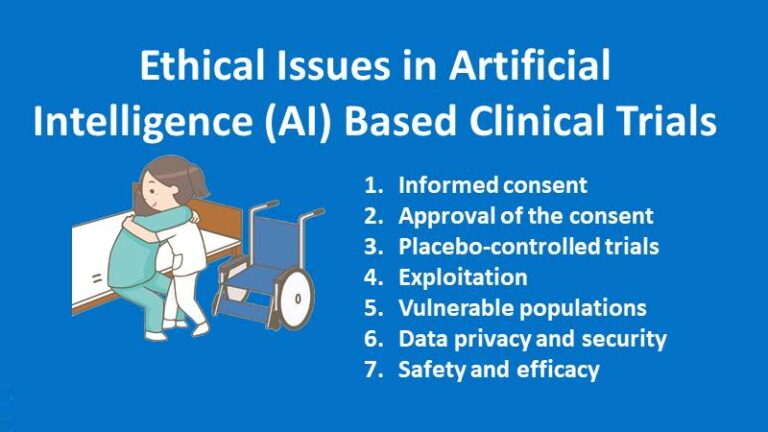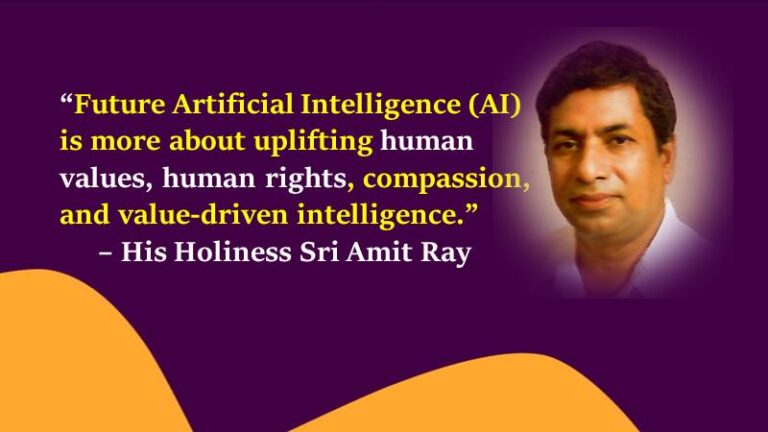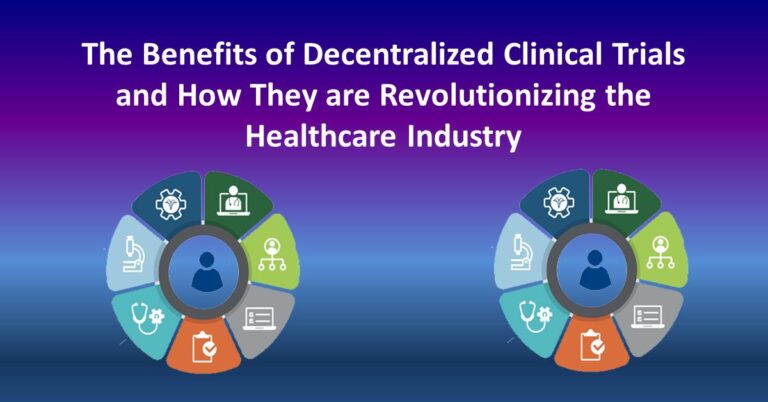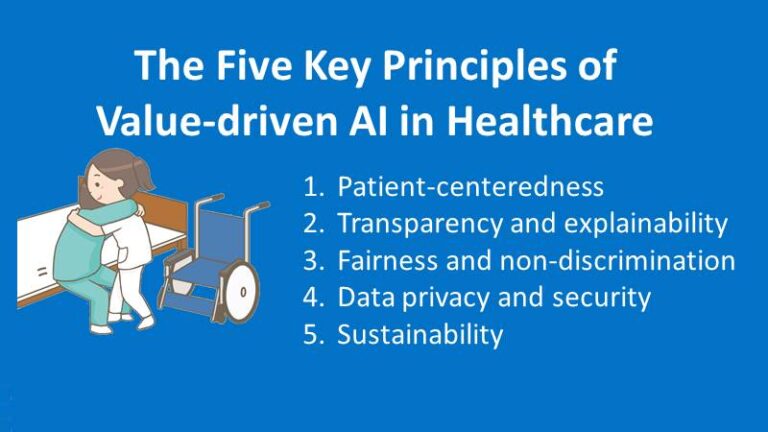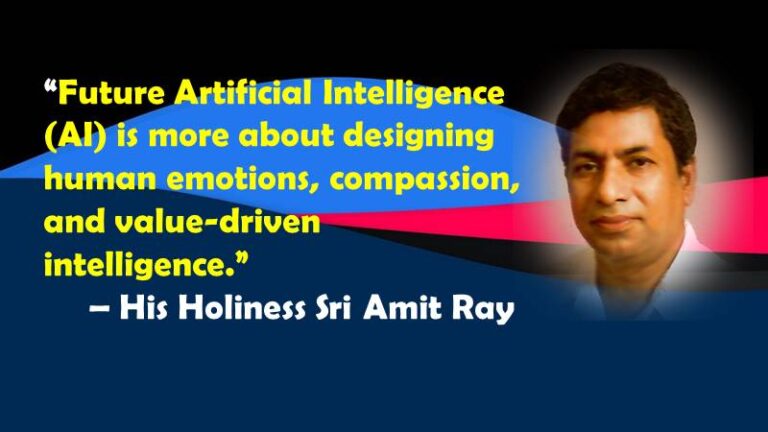Artificial Intelligence to Prevent Infectious Diseases: Nine Perspectives
“The true power of artificial intelligence lies in its ability to prevent human pain and suffering and not in the causes that make people suffer, like wars and arm races.” – His Holiness Sri Amit Ray, Pioneer of Compassionate Artificial Intelligence.
In recent years, Artificial Intelligence (AI) has been playing a significant role in preventing infectious illnesses. Deep learning algorithms have been increasingly popular in recent years, and they have proved successful. They are giving us new information that are helping us fight infections and keep people healthy.
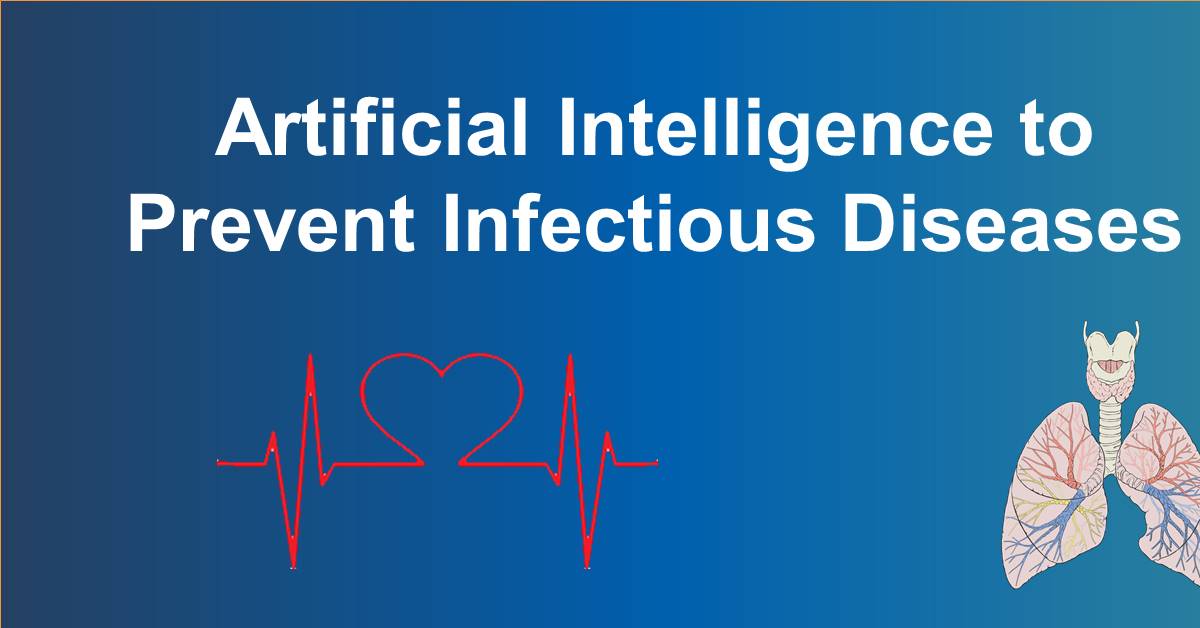
WHO Guidelines on Infection Prevention
The World Health Organization (WHO) guidelines on infection prevention and control [1] focused on the following six areas:
- respiratory and hand hygiene,
- use of personal protective equipment (PPE),
- environmental cleaning,
- waste and linen management,
- droplet/contact and airborne precautions
- No one should catch an infection while receiving health care.
What causes infections?
Infections are caused by microscopic creatures known as pathogens—bacteria, viruses, fungi, or parasites—that enter the body, multiply, and interfere with normal processes. In both developed and developing countries, infectious diseases are a major source of both sickness and death.
AI and Big Data’s Roles in Infection Control
AI, big data, cybersecurity, and the Internet of Things (IoT) all contribute significantly to the fight against infection prevention. Stopping the transmission of infectious diseases in your home, school, and workplace can be as simple as following a few basic steps like: washing your hands, covering your mouth and nose with a mask, and avoiding close contact with sick people. Keeping germs at bay is the first line of protection. Artificial Intelligence helps to protect humanity by providing early planning and diagnosis at several levels.
In the article, we discussed the role of artificial intelligence in preventing infectious diseases.
1. Key Benefits of AI in virus prevention
Artificial intelligence (AI) can provide a valuable tool that has the potential to be widely used to inform clinical and public health decision-making. They are used, to a certain extent, to effectively manage the consequences of a pandemic outbreak. Advantages to using machine learning tools include speed, consistency, and the capability to handle infinitely large datasets. Deep learning models are better at integrating different types of data and making predictions based on irregularly sampled or high-dimensional data.
2. Early Detection of the Virus
In light of the fact that the severity of the disease is closely associated with the prognosis, Early diagnosis of high-risk and critically sick patients remains one of the most fundamental and crucial strategies for improving outcomes, and it is one to which we should adhere. In many recent cases, early analysis of clinical data has been made possible thanks to artificial intelligence. This means that the ailment can be found quickly, which in turn helps with the start of treatment for the person who has it.
3. Prompt Diagnosis
Accurate and timely diagnosis and effective prediction of the disease are vital for prevention and providing the best possible care for infections. A correct diagnosis is crucial in choosing the type of treatment required.
Because of the rapid development of deep learning and machine learning algorithms, artificial intelligence has recently demonstrated exceptional success in evaluating pathological images. These achievements have boosted the ability to address difficult real-life medical problems and perform medical image-based diagnoses timely and accurately.
4. Planning Non-pharmaceutical Interventions
In addition to pharmaceutical interventions, AI can be used to plan non-pharmaceutical interventions.
This includes things like putting restrictions on travel, closing businesses and schools, requiring people to wear masks, and giving limited resources like personal protective equipment (PPE) and testing to people in areas where they’re needed.
5. Big Data
“Big data” is the process of collecting and analyzing enormous amounts of data in order to produce policies that benefit the larger community. Recently, researchers have developed a mobile app that leverages artificial intelligence and big data to determine the severity of diseases.
6. AI-Driven Algorithms and Bioinformatics
Early identification of infections, isolation of affected individuals, and contact tracing are important for containing the virus’s transmission. Machine learning algorithms, along with IoT protocols, GPS, and Wi-Fi, are addressing the issues provided by distance and accessibility.
7. AI for early X-Ray Analysis
Recently, AI based chest radiography is a widely used tool to obtain an initial diagnosis while waiting for the results from other tests like molecular diagnostic tests. In the case of infection-related diseases, artificial intelligence algorithms examine x-ray pictures of patients’ lungs to assist doctors in diagnosing the condition. This method reduces the use of human resources while also speeding up the procedure, resulting in better patient outcomes as a result.
8. Daily Patient Care
Public health experts are using artificial intelligence to predict where the next epidemic will be, and large hospital systems are using artificial intelligence-enabled algorithms to help them decide when and how to move patients to another phase of care or send them home.
9. Artificial Intelligence Planner
In Artificial Intelligence, planning refers to the decision-making and scheduling carried out by AI tools in order to attain a given goal. The execution of planning entails selecting a sequence of actions that has a high probability of completing the specific agenda.
Some people can get sicker when they get cold and may get infected by influenza, which is a deadly disease. Influenza swiftly transmits from person to person, both through direct contact and inhalation.
For example, getting vaccinated can help you avoid getting influenza and other infections. This is why each year, seasonal influenza vaccines are made. They protect against influenza strains that are most likely to be around in the next winter. It is a good idea to get a flu shot before the winter season starts.
Conclusion
Having quick, data-driven learning cycles is the best way to deal with a pandemic. The AI system should be able to respond effectively at each step of the way. People who make decisions about public health can use AI-based analysis from the last few years’ data to help them make the first choices. The algorithms should also make mid-course changes, like changing policies and recommendations, as more data becomes available.

